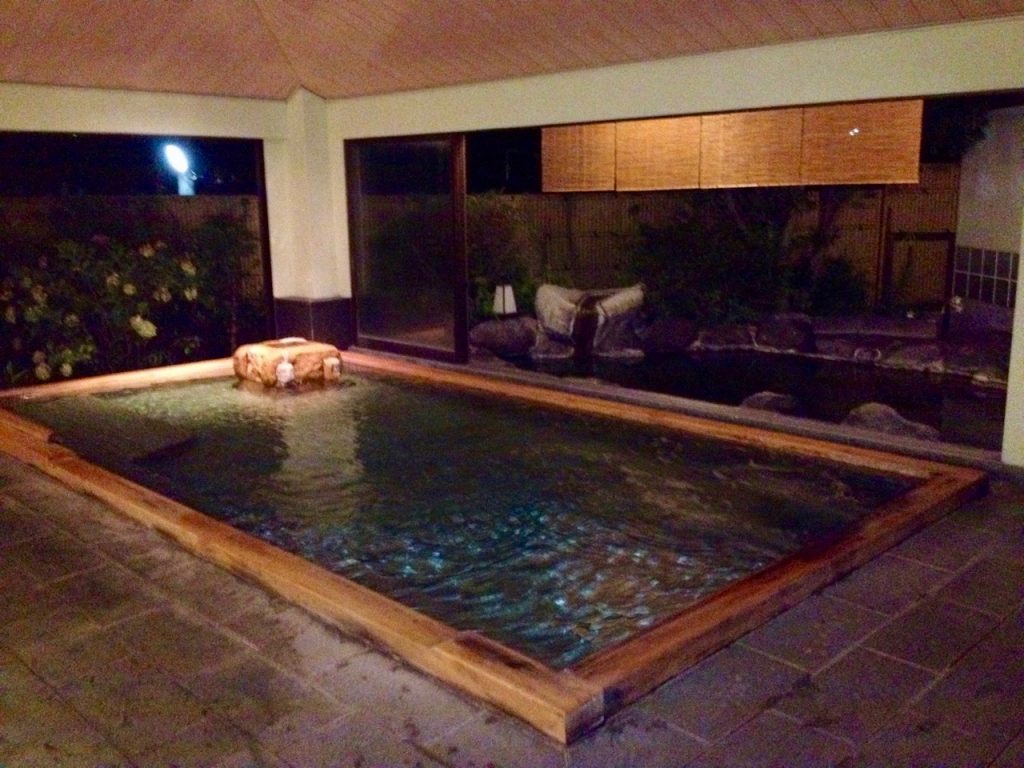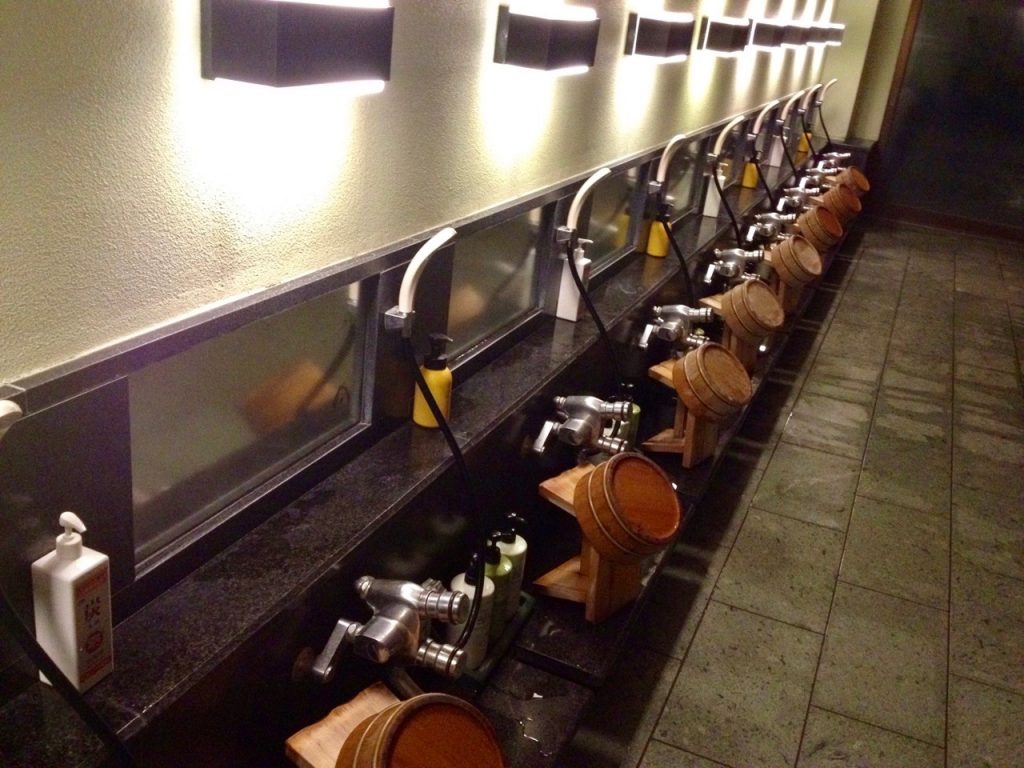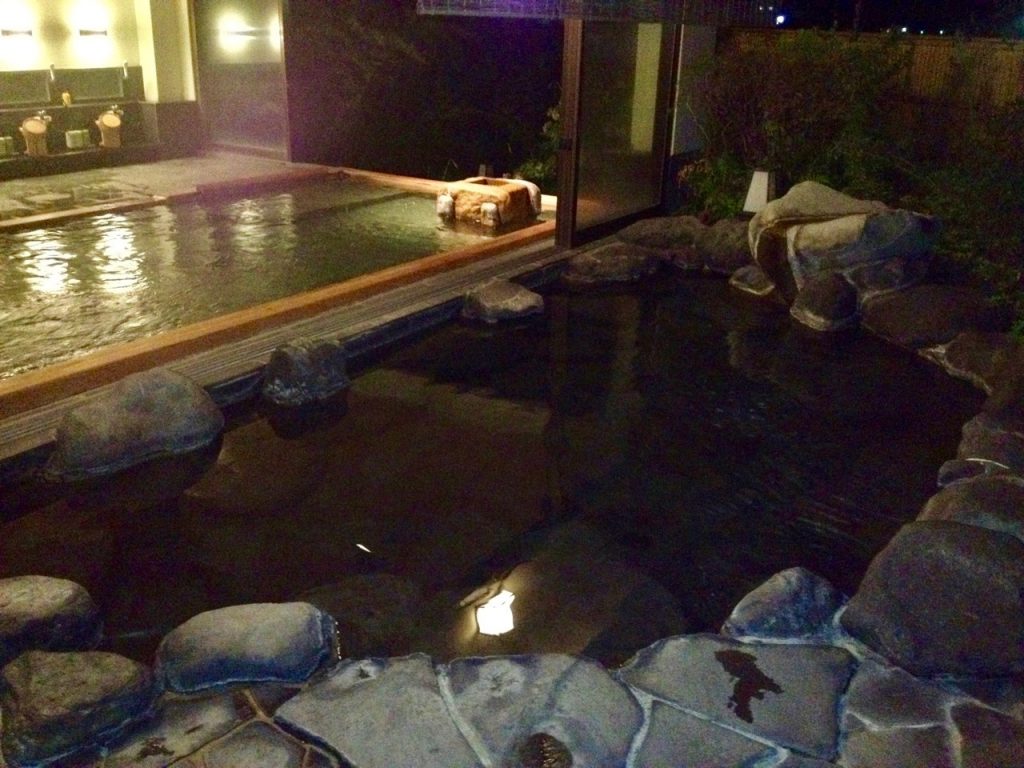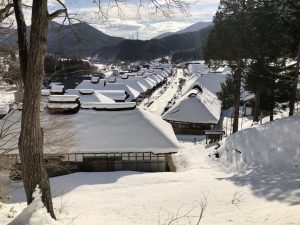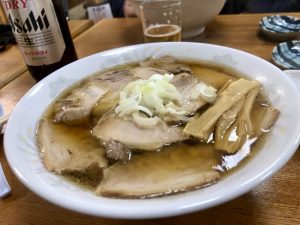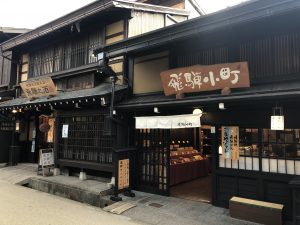Hot Spring Baths
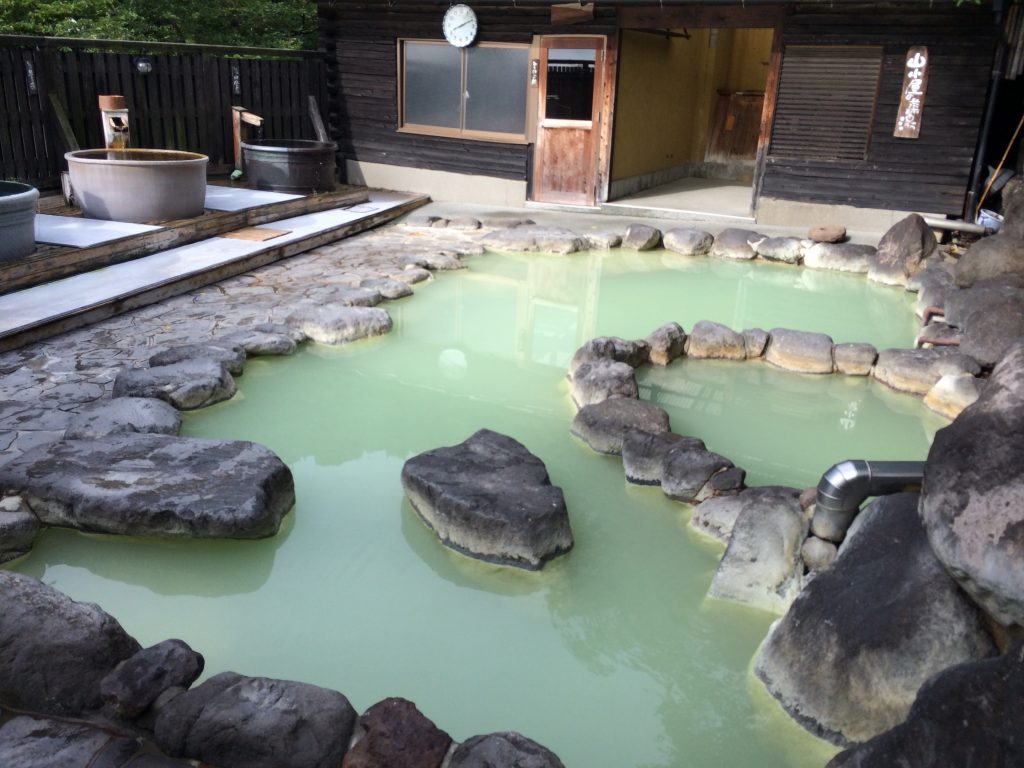
Hot spring resorts and bath houses are ubiquitous in Japan due to the natural springs scattering the country’s volcanic mountains. Even in Tokyo you can find ‘natural’ public baths that take their water from the depths of Tokyo’s aquifer (and then heat it up artificially because the water under Tokyo isn’t that hot). In the mountains or near large volcanoes such as Mount Aso in Kumamoto, the hot springs are 100% natural and the bath houses created around the wells come in a variety of shapes, sizes and temperatures. Entire towns are dedicated to the hot springs, especially in the Japanese Alps north of Tokyo.
“When Japan” won’t go into the details of how to use public baths as there are plenty of guides already online for you to find. Here you will find some pro-tips and a list of recommended areas and specific locations. Also note a different variety of baths, called Sentou, which are not hot springs and are found everywhere in Japan.
Pro-tips for acting like a Japanese
Most guides online will tell you to wash first then dip in the baths. Some Japanese don’t do this however it really is essential.
- Do keep your voice down. Loud groups of annoying university students can suck out any peaceful vibes brewing in the baths so don’t be like them. Keep talking quite and respectful of others.
- Move baths often. Check out the temperature of the baths first and head to the one you can just about tolerate, then work your way to the hotter ones. The coolest will be body temperature, which is fine for a long time but shouldn’t be your first dip. The standard water temperature is about 41, which may be tough going without warming up your body first.
- Outside of the cities the water temperatures tend to be cooler as a standard.
- During the winter your hands and feet will be cold from the outside which can be painful when first entering the water. Best to first warm your extremities up in the shower.
- There is usually a room temperature pool next to the sauna for people to cool off in after exiting the steam room. This may send your blood pressure all over the place so caution is advised.
- The little towel should not be dipped in the water.
- Don’t submerge your head as this is considered dirty. Also, you shouldn’t be drinking the water as you are drinking 100s of people’s bath water, are you not?
- Young children can enter either male or female baths. The rules depends on the area of Japan and the establishment, however a general rule of thumb is above 9 years old the child must enter correct bath only. Some places are lower or higher, and occasionally you will see a height rule (120cm or about 4″), which is easier to administer than asking ages. No one is going to abduct children at a hot spring so don’t worry about them going on their own if they are OK with it.
Types of Bath
Baths are either indoor or outdoor. Usually there will be at least one outdoor bath although in some locations the outdoor baths are the main attraction. The outdoor baths will tend to just be water whereas the indoor baths will vary in type. Again, there are plenty of guides online about the types of baths.
“When Japan” recommends the carbonated pools which make your skin silky smooth after a few minutes. The Japanese use this as a form of beauty treatment but it is unlikely the affects remain after leaving the bath. It just feels nice while in.
Laying down in “ne-yu”, or sleeping baths, is very pleasant in cooler months. Sleeping baths are shallow pools of water with pillow rests for your head, like a bed. You lay down and drift off, although it is best not to sleep there when busy. Convention asks that you cover up private areas with a towel to avoid displaying your goods too obviously.
Jacuzzi are popular and come in a wide variety of jet configurations. The best ones are very hot and have a metal headrest with cold water flowing inside to keep your head cool.
“Denki-buro” (electric baths) are also popular and provide a little jolt of electrical current into the water to get your muscles pulsing. Usually you sit down in a water chair and the pulses are concentrated in your leg and waist area. You probably want to avoid them if you have heart issues.
Recommendations
In Tokyo the most popular Hot Spring is the Oedo Onsen Monogatari, which is usually full of foreigners well into the late evening. It is quite expensive due to the location but you get a full experience, restaurants, a live show at certain times a day, and the baths are pretty good also. But, so many foreigners… and it is not uncommon to see loud or drunk tourists in their also.
Here is a list of recommended hot springs and public baths that “When Japan” has personally visited.
Famous areas for Hot Springs include Kusatsu, Shiobara and Beppu.
